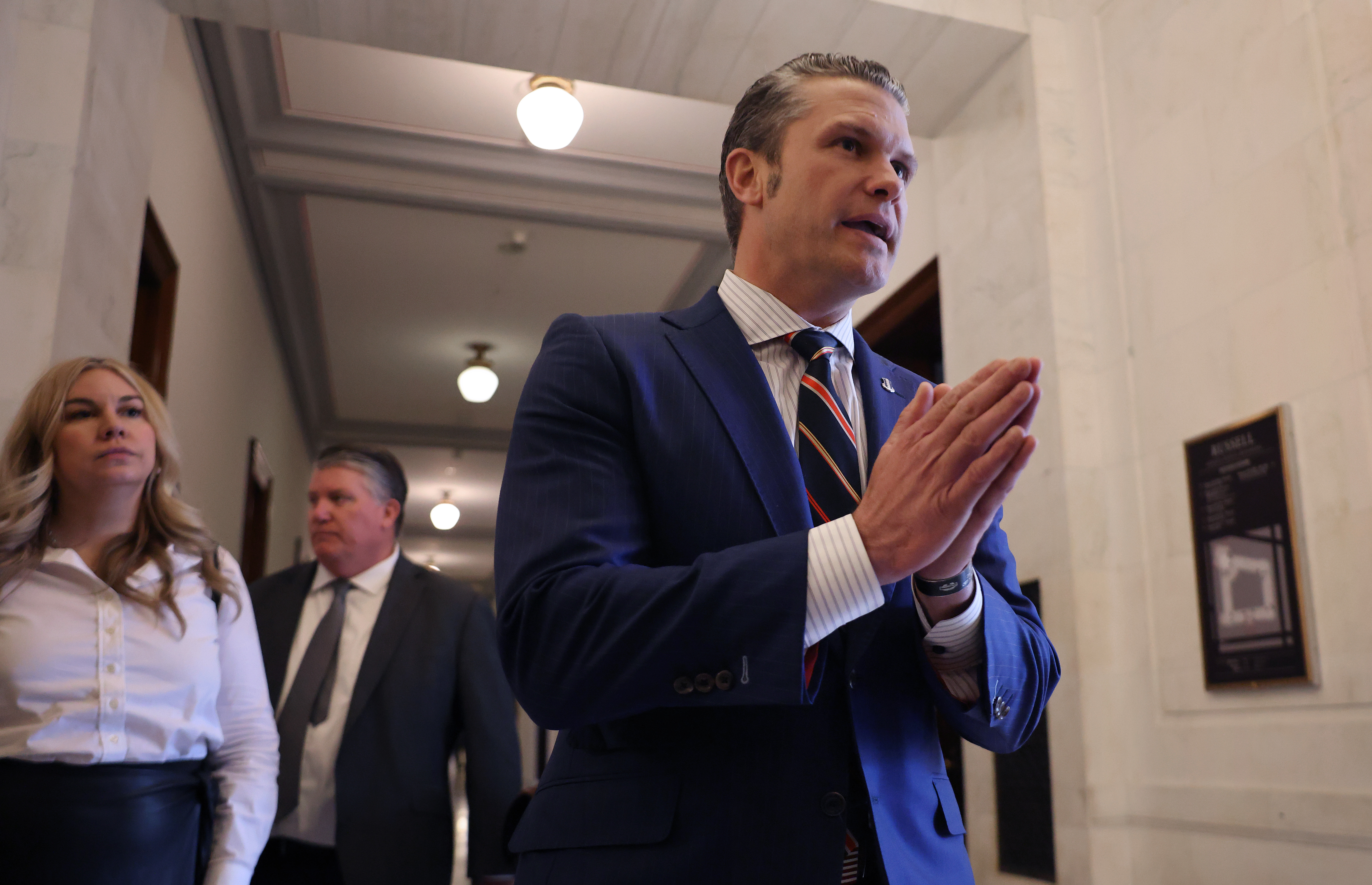What to Know
- A Chicago agency has released body camera video showing the fatal police shooting of Maurice Granton.
- The 24-year-old was unarmed at the moment he was shot in the back by a Chicago police officer.
- Granton's family argues the video contradicts police narrative that there was an armed confrontation.
The Chicago Police Department's agency that investigates police shootings released body-camera video showing the fatal officer-involved shooting of a 24-year-old man who family lawyers say was unarmed at the moment he was shot in the back.
The body camera video released Wednesday by the Civilian Office of Police Accountability, or COPA, shows a Chicago police officer firing from a sidewalk on June 6 just as Maurice Granton Jr. grabs the top of a wrought-fence around a vacant lot to pull himself over. He falls, writhing on the ground, seemingly unable to move his legs. An autopsy later revealed he was shot in the back.
Granton's family argues the video showing the shooting contradicts the initial police narrative that there was an armed confrontation right before the shooting.
"It shows an unarmed black man running away from police, and police don't have a right to shoot and kill in that situation," family attorney Andrew M. Stroth said. "We continue to have young black men unjustifiably shot by police. When is it going to stop?"
Officers earlier that evening tried to question Granton as part of a drug investigation, but he fled, authorities have said. Police said they recovered a gun Granton had been carrying and that there's evidence it had been fired before he reached the fence.
Attorney Antonio Romanucci, who is also representing the Granton family, acknowledged a gun was found at the scene, but noted it was found 20 to 25 feet away from where officers fatally shot the 24-year-old.
"We don't know if Maurice Granton was holding that gun, we don’t know if that gun was fired," Romanucci said.
There's no sound for the first 30 seconds of the video of the shooting. When the sound comes on, the officer keeps his gun trained on Granton and tells another officer there's a weapon on the ground some 20 feet away. "Go get the weapon. Get the weapon," he says.
Minutes later, a crowd can be seen beginning to gather in the Bronzeville neighborhood on the city's South Side, some people yelling at police and others frantically calling Granton's name.
Other video showing officers chasing Granton earlier while telling him to stop were also released, as was radio traffic between officers.
Granton’s family wants the officer who fired the fatal shots to face murder charges.
U.S. & World
"It was a cold-blooded murder,” Granton's father, Maurice Sr., said. "It’s the most terrible feeling you can ever feel, to see one of your children killed and especially by a policeman who’s supposed to serve and protect him."
COPA has not yet ruled on whether the shooting was justified.
The police department issued a brief statement later Wednesday saying it is "fully cooperating" with the investigation of the shooting.
"We continue to provide COPA with any and all requested information and fully support their methodical review of the facts. As of this time, COPA has not requested that any of the officers involved be relieved of police powers," the Chicago Police Department said.
Granton leaves behind a girlfriend and two young daughters. His family demands accountability and plan to protest.
"When we take the streets, when we demand justice, when we shut down city hall, this is why we are being unjustly executed without trial," Kofi Ademola, a Granton family spokesperson, said.
This comes just over a week after another police shooting of Harith Augustus prompted a wave of protests.
Authorities released the police body-cam video in that case in an effort to calm unrest.
Chicago has a troubled history of police shootings. The city erupted in protest in 2015 after the release of a video showing white police officer Jason Van Dyke shooting black 17-year-old Laquan McDonald 16 times in 2014. Van Dyke was charged with murder. McDonald's death led to the ouster of the police chief and a series of reforms designed to prevent future police abuses and to hold officers accountable.



